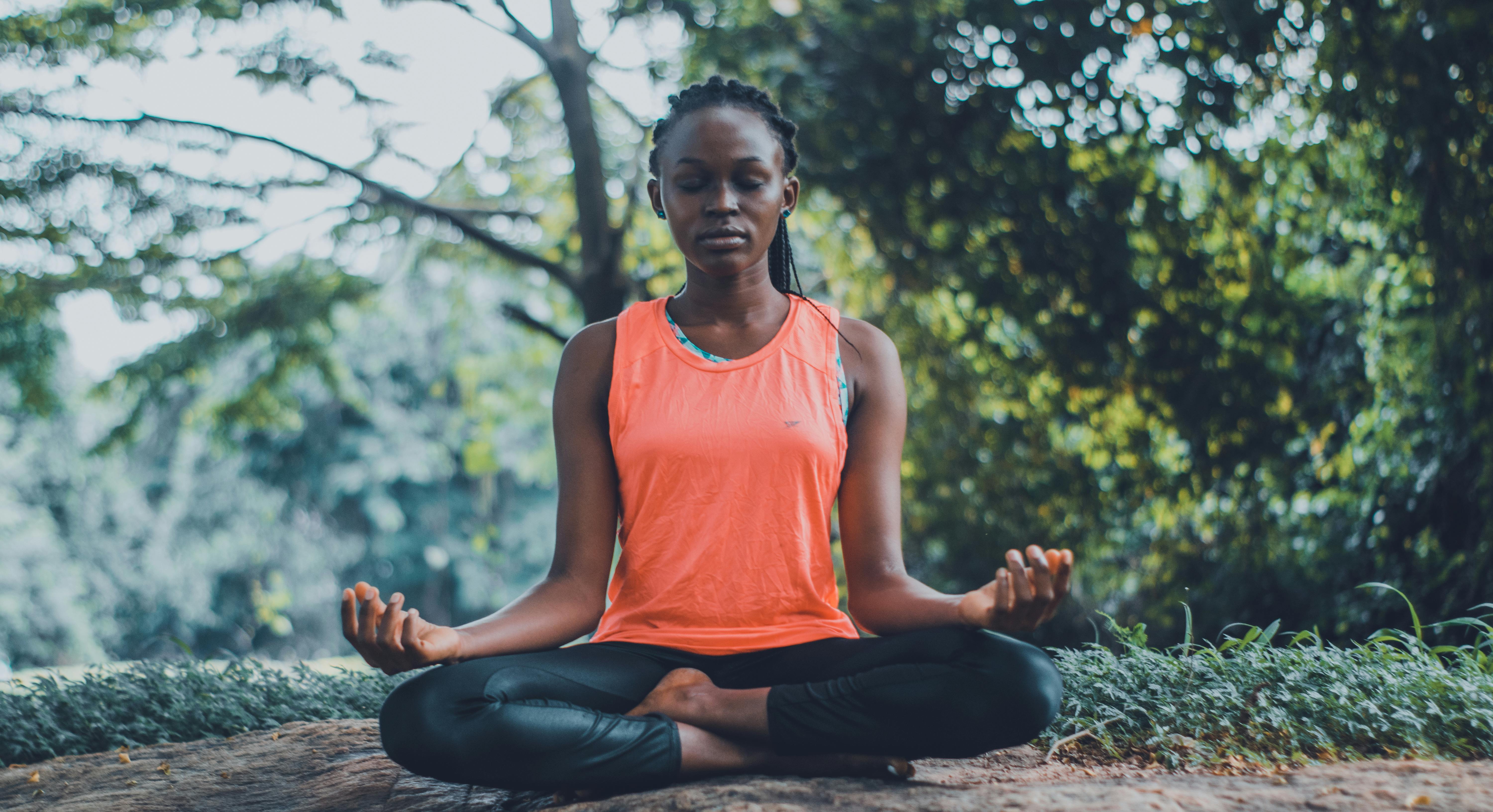A complete guide to embracing mindfulness and living a calmer, more balanced life.
Introduction: Why Mindful Living Matters
In a world filled with constant notifications, endless to-do lists, and the pressure to always be “on,” stress has become a silent epidemic. More people than ever struggle with anxiety, burnout, and the feeling that life is slipping past them too quickly. While technology and modern conveniences have improved many aspects of daily life, they have also created an environment where our minds rarely get a chance to rest.
Mindful living is not about escaping from life, but about learning how to fully experience it. At its core, mindfulness means being present in the moment without judgment. It allows us to slow down, breathe, and reconnect with ourselves in meaningful ways. By practicing mindfulness daily, we can reduce stress, boost our emotional well-being, and discover inner peace even in the middle of chaos.

What is Stress and How Does it Affect Us?
Stress is a natural biological response to challenges. In small doses, stress can actually be helpful—it sharpens our focus, increases our reaction time, and gives us the energy to overcome obstacles. However, when stress becomes chronic, it takes a toll on both the body and mind.
Physically, chronic stress is linked to high blood pressure, weakened immunity, heart disease, and digestive issues. Mentally, it contributes to anxiety, depression, insomnia, and irritability. Left unchecked, stress can sabotage relationships, careers, and overall health.
The problem is not stress itself, but our relationship with it. Mindful living changes the way we experience stress by teaching us to respond calmly instead of reacting impulsively.

The Science of Mindfulness
Modern science has validated what ancient traditions have taught for centuries: mindfulness works. Research shows that mindfulness practices such as meditation, yoga, and breathwork reduce cortisol levels (the stress hormone), improve brain function, and even change the structure of the brain itself.
Neuroplasticity and Mindfulness
Neuroplasticity refers to the brain’s ability to rewire itself based on experiences. Regular mindfulness practice strengthens the prefrontal cortex—the part of the brain responsible for decision-making and emotional regulation—while shrinking the amygdala, the center of fear and stress responses.
Mindfulness and Emotional Health
People who practice mindfulness regularly report greater levels of happiness, emotional resilience, and life satisfaction. They are better able to navigate challenges without being overwhelmed by negative emotions.

Practical Mindfulness Techniques for Daily Life
1. Mindful Breathing
One of the simplest yet most effective mindfulness practices is focusing on the breath. By taking slow, deep breaths, we activate the body’s relaxation response and calm the nervous system.
2. Meditation
Even just five to ten minutes of daily meditation can significantly reduce stress. Sit quietly, close your eyes, and focus on your breath or a mantra. Thoughts will arise—observe them without judgment and gently bring your focus back.
3. Mindful Eating
Instead of rushing through meals, practice mindful eating. Notice the colors, textures, and flavors of your food. Chew slowly, and appreciate the nourishment it provides. This not only improves digestion but also helps prevent overeating.

4. Journaling
Writing down your thoughts and feelings can help you process emotions and gain clarity. A gratitude journal, in particular, shifts focus from what’s lacking to what’s abundant in your life.
5. Yoga and Movement
Yoga combines movement, breath, and mindfulness. It not only strengthens the body but also calms the mind. Other mindful movements such as tai chi or simply walking slowly while observing nature can also be powerful.

Mindful Living Beyond Meditation
Mindful living does not only happen on a meditation cushion. It is about bringing awareness to every part of your day. Here are some examples:
- Mindful Communication: Listening fully without interrupting or planning your response.
- Digital Mindfulness: Taking regular breaks from screens to reduce overstimulation.
- Mindful Work: Focusing on one task at a time instead of multitasking.
- Mindful Rest: Prioritizing sleep and relaxation without guilt.

Tools and Apps for Mindfulness
Technology, when used wisely, can support mindfulness. There are many apps and tools that provide guided meditations, reminders, and progress tracking.
- Headspace: Offers guided meditations for stress, sleep, and focus.
- Calm: Provides calming sounds, sleep stories, and mindfulness exercises.
- Insight Timer: Free app with thousands of guided meditations.
- Breathing Apps: Simple tools that guide you through breathing exercises.

Common Mistakes to Avoid
Many beginners approach mindfulness with misconceptions. Here are some mistakes to watch out for:
- Expecting instant results—mindfulness is a journey, not a quick fix.
- Thinking you need to eliminate all thoughts during meditation.
- Practicing only when stressed instead of making it a daily habit.
- Comparing your practice to others instead of focusing on your own growth.

Conclusion: Living with Awareness
Mindful living is not about perfection. It is about noticing the present moment, appreciating life’s simple pleasures, and responding to challenges with clarity and calm. When we practice mindfulness consistently, stress no longer controls us—we learn to navigate life with peace and purpose.
Start small: take a deep breath, go for a mindful walk, or spend a few minutes journaling. Over time, these small steps add up to a profound transformation in the way you live and experience life.



